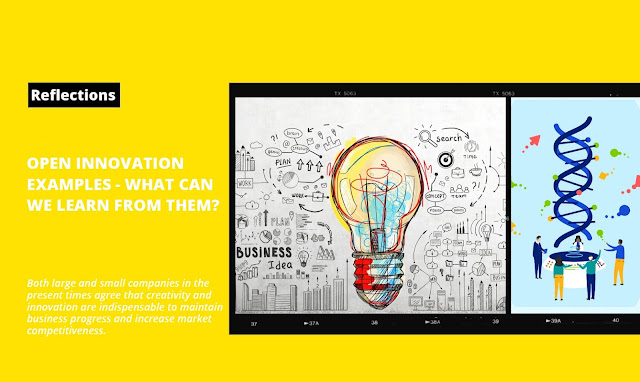Open Innovation Examples: What Can We Learn From Them?
In today's fast-paced and interconnected world, the concept of open innovation has gained significant traction among businesses and organizations. Open innovation refers to the practice of leveraging external ideas, technologies, and expertise alongside internal resources to drive innovation and create value. It marks a shift away from traditional closed innovation models, where organizations relied solely on internal R&D efforts. To gain a deeper understanding of open innovation, let's explore some real-world examples of companies that have successfully implemented open innovation strategies and the key lessons we can learn from their experiences.
LEGO: Building a Creative Ecosystem
LEGO, the renowned toy manufacturer, is a prime example of how open innovation can foster creativity and expand a company's product offerings. Recognizing the boundless imagination of its fan base, LEGO initiated the "LEGO Ideas" platform, where customers could submit their own original designs for potential LEGO sets. The community would then vote on their favorite designs, and those with enough support would be considered for production. This initiative not only engaged the fan community but also helped LEGO access a diverse pool of ideas, leading to the creation of new and unique products.
NASA: Crowdsourcing Solutions for Space Exploration
The National Aeronautics and Space Administration (NASA) turned to open innovation when faced with complex challenges in space exploration. To tackle these issues, NASA launched the "NASA Tournament Lab" in collaboration with platforms like Topcoder and HeroX. Through crowdsourcing, they invited individuals and teams from around the world to propose solutions for various technical problems. This approach allowed NASA to tap into a diverse talent pool, bringing fresh perspectives and novel approaches to their space missions.
Procter & Gamble: Open Innovation Partnerships
Procter & Gamble (P&G), a consumer goods giant, adopted open innovation as a core part of its strategy. P&G established "Connect + Develop," a program that aimed to collaborate with external partners, including startups, universities, and inventors, to co-create innovative products and technologies. By forging strategic partnerships, P&G significantly increased its R&D capabilities, accelerated product development, and expanded its market reach.
Mozilla: Harnessing the Power of the Open Source Community
Mozilla, the organization behind the popular web browser Firefox, thrives on open source principles. By making the source code of its software openly accessible, Mozilla invites developers from around the world to contribute, suggest improvements, and fix bugs. This community-driven approach has not only ensured continuous product enhancement but also fostered a sense of ownership and loyalty among users.
General Electric: Innovating through Startup Collaboration
General Electric (GE) launched the "GE Garages" initiative to collaborate with startups, entrepreneurs, and innovators. This program provided a physical space and resources for startups to work on projects while receiving mentorship from GE's experts. In return, GE gained exposure to groundbreaking ideas and technologies, while also supporting early-stage entrepreneurs in their endeavors.
Become an Open Innovation Expert at MIT ID Innovation
MIT ID Innovation is India's most renowned educational institute for innovation courses. Also, the principal aim of our mentors at MIT ID Innovation is to create and foster intellectual innovators with their unique pedagogy skills and comprehensive learning materials. So what are you waiting for? Enrol yourself at MIT ID Innovation today.
Conclusion:
These open innovation examples highlight how embracing external collaboration and creativity can transform businesses and industries. From customer co-creation to crowdsourcing solutions and strategic partnerships, organizations can leverage the power of open innovation to drive growth, increase competitiveness, and foster a culture of continuous improvement. By learning from these successful cases, businesses can take inspiration and develop their unique open innovation strategies to stay relevant in the ever-evolving global market. Embracing open innovation is not just about expanding a company's resource pool; it's about fostering a mindset of openness, adaptability, and curiosity that can lead to remarkable breakthroughs and sustainable success.

.jpg)

Comments
Post a Comment